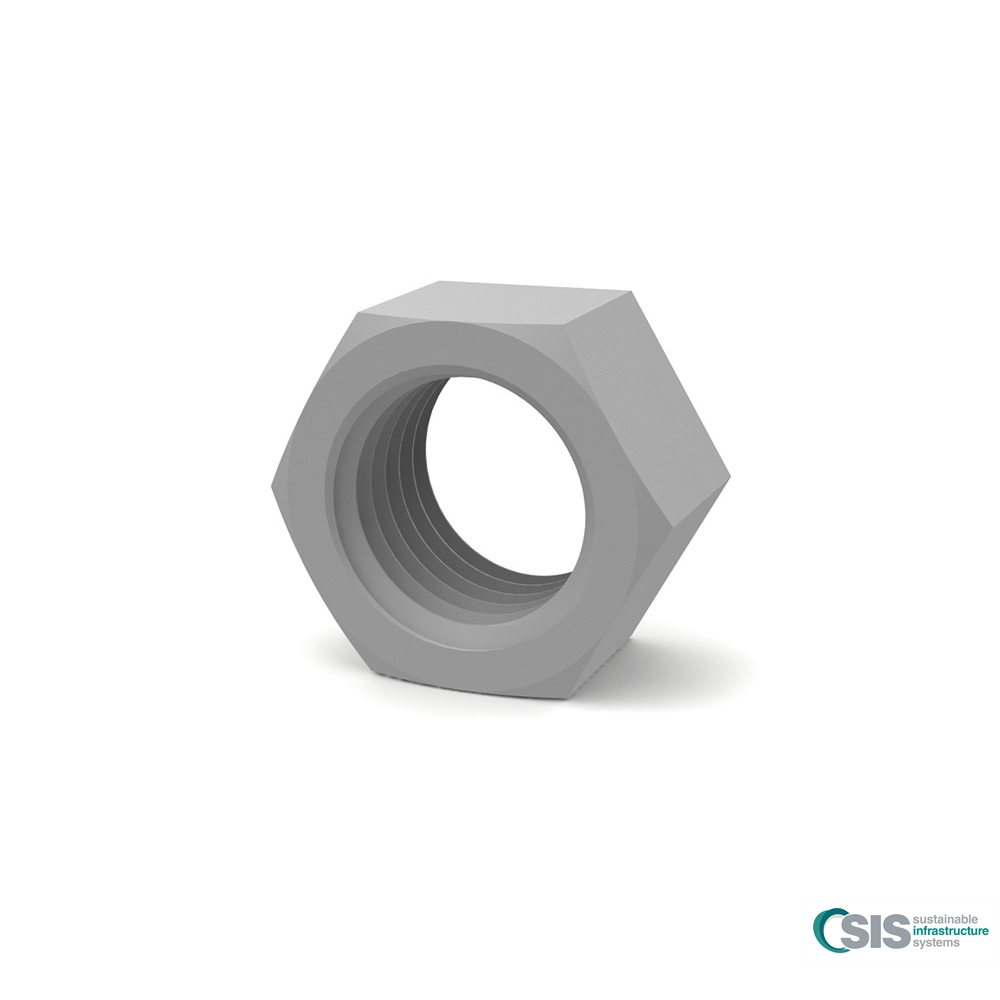When sustainable construction is the motif on the table, the choice of materials plays a crucial role in reducing environmental impact and ensuring the longevity of structures. Fibre-Reinforced Polymer (FRP) has emerged as a promising alternative to traditional construction materials due to its durability, corrosion resistance, and eco-friendly nature. Among the components of FRP, nuts and bolts stand out as essential elements, each with unique characteristics that impact sustainability.
Let us delve into the comparison between FRP nuts and FRP bolts, shedding light on their sustainable attributes and considerations.
FRP Nuts: A Green Foundation
Fibre-Reinforced Polymer nuts offer a sustainable edge over conventional metal nuts. Composed of composite materials, the FRP nuts exhibit impressive corrosion resistance, a common concern in construction, especially in humid or coastal environments. This corrosion resistance extends the structures’ lifespan and reduces the need for frequent replacements, minimizing resource consumption and waste.
Another key sustainable feature of FRP nuts is their lightweight nature. Unlike heavy metal nuts, FRP nuts are significantly lighter, which translates to reduced transportation emissions and energy expenditure during installation. Additionally, the manufacturing process of FRP nuts generally involves lower energy consumption compared to their metal counterparts, contributing to a lower carbon footprint.
FRP Bolts: Strengthening Sustainability
FRP bolts, like their nut counterparts, offer a range of sustainability benefits. One notable advantage is their high strength-to-weight ratio. This property ensures the structural integrity of buildings and infrastructures and reduces the overall weight-bearing load, potentially leading to more efficient designs and reduced material usage.
The non-conductive nature of FRP bolts is yet another boon for sustainability. Traditional metal bolts can act as conductors, increasing the risk of electrical accidents or corrosion in specific applications. FRP bolts eliminate this concern, enhancing safety and further contributing to the durability and longevity of structures.
Considerations and Future Outlook
While FRP nuts and bolts present numerous sustainable advantages, it’s essential to consider the specific requirements of each construction project. Factors such as load-bearing capacities, environmental conditions, and cost-effectiveness should guide decision-making.
As sustainable construction practices continue to gain traction, FRP nuts and bolts are expected to rise. Research and innovation in material science will likely bring forth even more advanced versions of these components, enhancing their sustainability and applicability across various construction scenarios.
Understanding the role of FRP nuts and bolts in sustainable construction materials is pivotal for making informed choices that promote environmental responsibility and long-lasting structures.
Embrace these innovative alternatives and take a step towards a greener and more sustainable future as you explore and learn more from Sustainable Infrastructure Systems (SIS).
